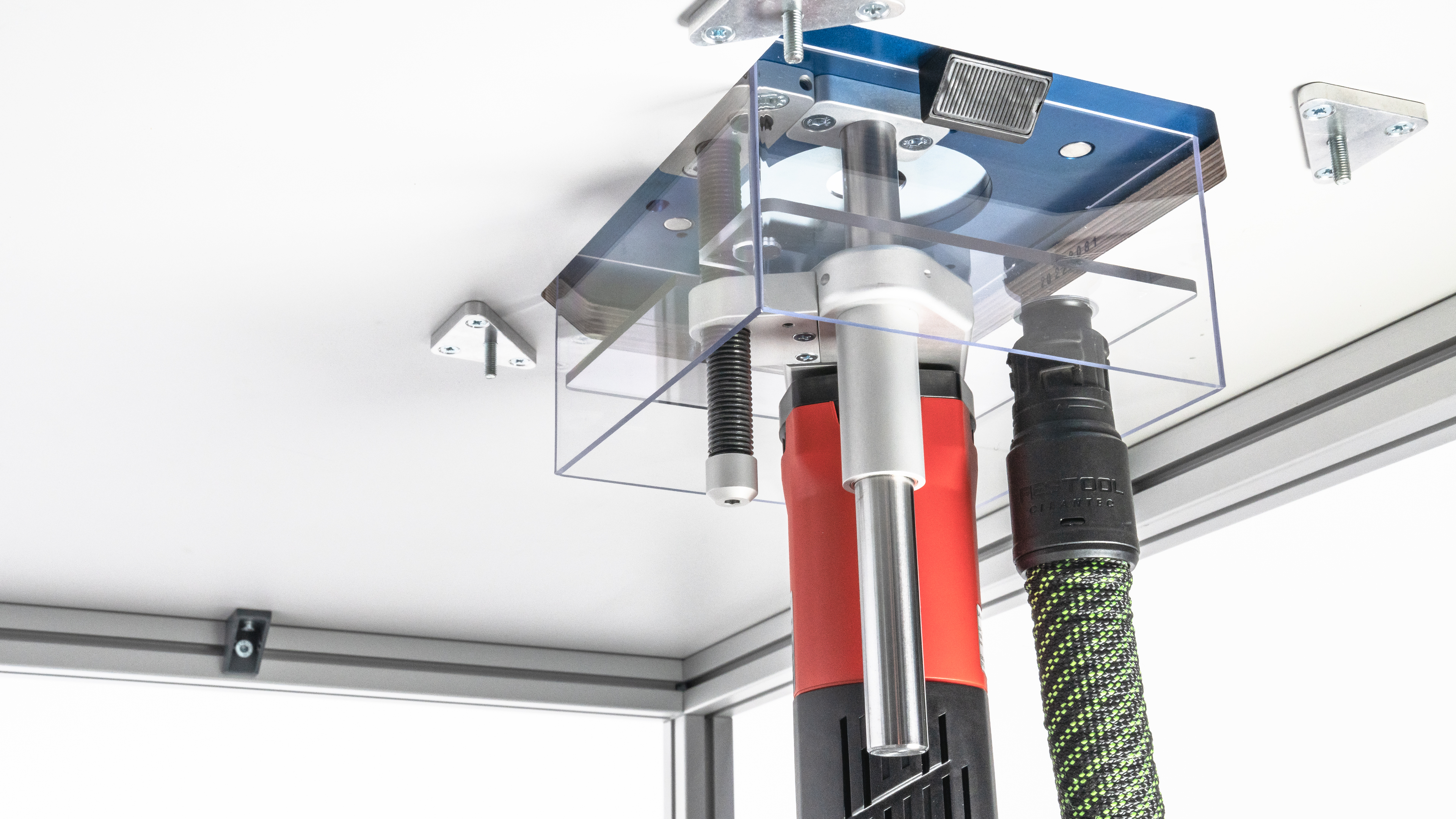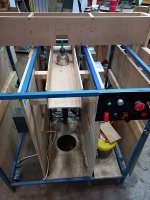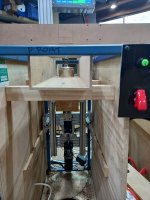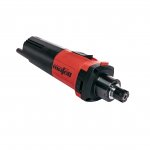Mini Me
Member
Cheese said:5. Frequently clean the water tank, pipes, inlet/outlet, pump and other elements through which the water passes to remove any blockages.
If a person went with a water-cooled spindle I'd expect a simple aluminum cooling platen could be incorporated to assist in the cooling process. Just make sure the correct water & anti-freeze solution is used to prevent corrosion in any aluminum part that's in contact with the cooling liquid.
I can see no reason for any of that on a RT due to very short run times compared to a CNC and in my experience we haven't seen the need at all. Maybe if the local water source is questionable then purified or distilled water might be advisable. As for a heat exchanger again we don't use one and haven't had any temperature problems and that RT is in a woodworking school where it gets lots of use every day.





